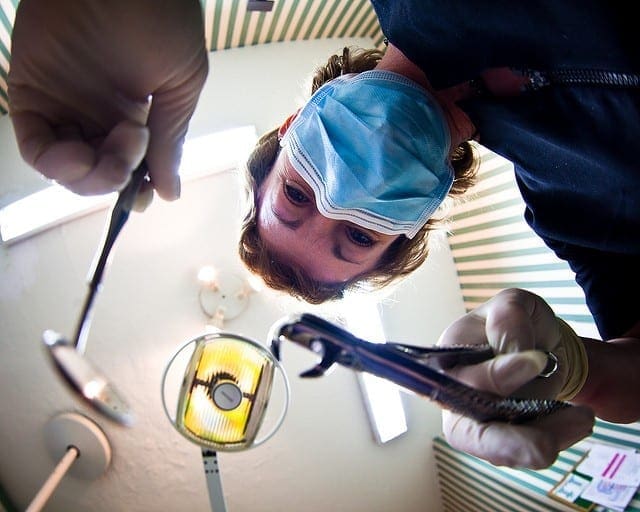Adenoid Removal in Kids- 4 Things Parents Must Know About Adenoidectomy

Do you see your child’s adenoids becoming swollen or infected? Are they facing sleeping or breathing difficulties? Well, heading to a doctor, you learn that it’s the enlarged adenoids that are causing troubles. Now that as a caring and responsible parent, you swear on discovering more about the problem.
What are Adenoids?
Diving deep, you understand that adenoids are the high-up glands in the throat behind the nose and mouth roof. And these are a part of the body’s immune system. These glands catch nose germs before illness takes over as they fight over the bacteria and viruses.
Know that when this happens, the adenoids may enlarge, which in turn begins to interfere with sleeping and breathing. The chances are excellent for them to feel sore.
Studies show that an ongoing enlargement of the gland tends to block the eustachian tube. This tube connects ears to drain fluid and nose from the middle of the ear. And, this constant blockage causes fluid buildup, which leads to repeated ear infections and potential hearing loss.
A medical professional may recommend adenoidectomy if these symptoms persist, especially when medications and other treatments fail to work. Know that the decision to remove a child’s adenoid involves careful examination.
Before you head for surgery, it is wise to take note of a few things. Some of the most Frequently Asked Questions (FAQ’s) are:
What are the Reasons for the Procedure?
A medical professional suggests adenoidectomy when a child has a persistent nasal obstruction, sinus infections, chronic ear, snoring, or sleep disturbances. If the nasal congestion and drainage continue (without other symptoms of illness), it is worth visiting a doctor.
The doctor usually performs an X-ray or uses a small camera in the nasal cavity.
Who Faces the Problem the Most?
Know that children in their early childhood face enlarged adenoid cases the most. And, a child may not be a candidate for tonsillectomy, that’s often because of sleep apnea or tonsillitis. And that points towards the removal of the gland.
How Does the Surgery Take Place?
The surgery takes place as an outpatient procedure, which takes place under the general anesthetic using a breathing tube. Know that the removal process cauterizes adenoid deep down to the base.
The surgery is usually short that lasts for only about 30 minutes. There is typically no need for sutures after gland removal.
What Does the Recovery Process Look Like?
Compared to tonsillectomy, the healing process is relatively easy for people suffering. The pain of the process and bleeding risk is usually less. Also, it can be pretty easy for your child to resume normal activities.
While children may complain of ear or throat pain, Motrin and Tylenol may find usefulness for managing the pain. Know that the symptoms may have several days to improve.
Key Takeaways
If the enlarged gland is causing breathing problems, swallowing issues, or recurring ear infections, their removal is the wisest option. And, the best part is the surgery is safe and effective for children.
However, before taking the final plunge, discussing the benefits with your doctor can be the best bet!
Similar Posts:
- None Found









